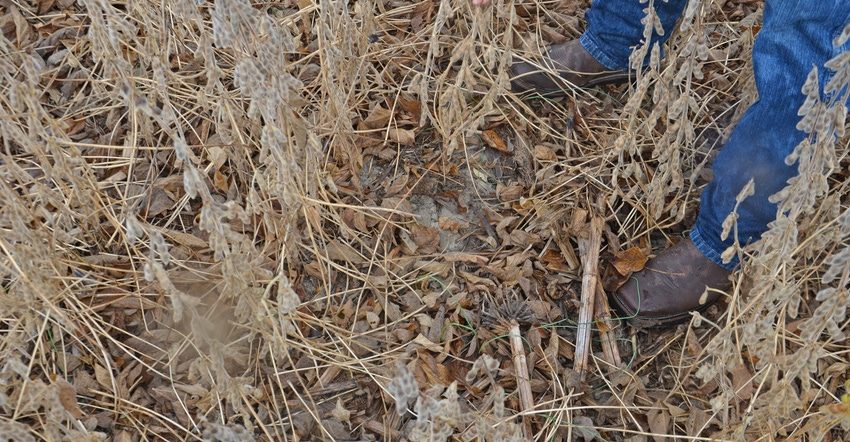January 2, 2020

On one 240-acre rented farm — just counting variable costs, not depreciation or labor — I broke even in 2017, made $35 per acre in 2018 and made $15 per acre in 2019, including government payments. I’m cash-renting it again at $200 per acre. Since I’ve run the numbers, should I finish the year and try to negotiate a lower lease before I drop it, or just walk away now?
The Profit Planners panel includes David Erickson, farmer, Altona, Ill.; Mark Evans, Extension educator, Putnam County, Ind.; Jim Luzar, landowner and retired Extension educator, Greencastle, Ind.; and Steve Myers, farm manager, Busey Ag Resources, LeRoy, Ill.
Erickson: Without yield, field productivity index and market price information, I would just be guessing, but it sounds like rent may not be the problem. Review all variable costs to determine where reductions can be made. How do your remaining acres compare with this example? Do other fields have acceptable returns, or do you have similar profit concerns elsewhere? If lack of profitability is common, then you have larger issues to address.
Evans: It would seem reasonable to approach your landlord and start communicating the situation. Every landlord situation is different. The landlord you dread to speak with is typically the landlord you need to start discussions with early. Perhaps a flexible lease that rewards the landlord in good years and protects you in lean years would be the best route moving forward.
Keep looking for ways to cut costs. Work to move to no-till soybeans and consider fertility data to assure you’re cutting unnecessary applications. Perhaps you can shave soybean seed costs. Recent research shows lower seeding rates can save $8 to $10 per acre. Be smart and know your fields. Later canopies will impact weed control for problem weed fields.
Luzar: I applaud you for evaluating your costs of production. Economic theory suggests that if variable costs cannot be covered, the firm will expect to cease operation.
I would anticipate that your 2020 projections look similar. If I assume machinery replacement at $90 per tillable acre and family labor at $60 per acre, you’re not covering fixed costs by over $130 for the last three years.
I’m not a fan of asking for changes to a lease already signed. Your goodwill in renting other tracts could be tarnished. A deal is a deal!
Review your yield goals and cropping inputs. Is there anything unique about this land that would justify keeping it for 2021? Does farming it fit with your long-term plan? Can you craft a 2021 lease that offers a flexible payment if returns improve?
Myers: If you have already committed to leasing it in 2020, I believe you’re obligated. If your enterprise analysis indicated one crop was more profitable than another, will it guide you? Do you trust those numbers? Perhaps you could have another party review?
This is a great time to consider what you can do to affect your profitability. One may say that profit is profit, but at best, it appears to be a razor-thin margin. I suggest you look at this using the history, and if it doesn’t work on paper, the odds of it working in real life are limited. Be prepared to negotiate a lower rent or walk away in the future.
You May Also Like




